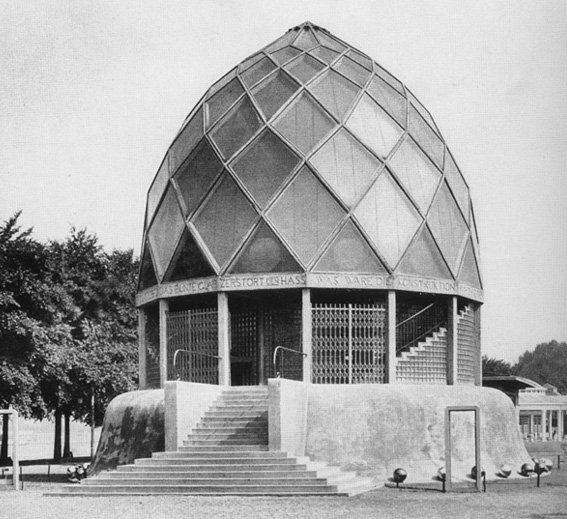
Hannah Höch was born in 1889 in Germany. She studied art in Berlin and worked as a pattern designer and writer on women's handicrafts from 1916-1926. In 1915 she began a friendship with Raoul Hausmann who was a member of Berlin Dada movement. Then they became more than friends and with their relationship going by they worked together. She is the founder of photomontage.Her most famous piece is Schnitt mit dem Küchenmesser DADA durch die letzte weimarer Bierbauchkulturepoche Deutschlands ("Cut with the Dada Kitchen Knife through the Last Weimar Beer-Belly Cultural Epoch in Germany"), a critique of Weimar Germany in 1919. This piece combines images from newspapers of the time re-created to make a new statement about life and art in the Dada movement. Höch herself expressed herself less politically than many of the others in the group. From 1926-1929 she lived and worked in Holland. She lived for some years in a lesbian relationship with Dutch poet Til Brugman. She died in Berlin at age 88.


*http://womenshistory.about.com/od/artpainting/a/hannah_hoch.htm
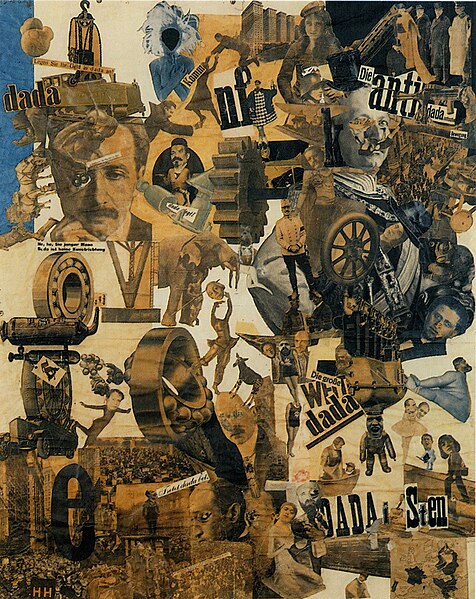 Hannah Höch-
Hannah Höch-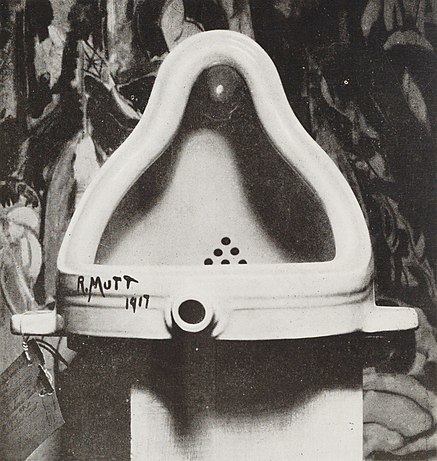

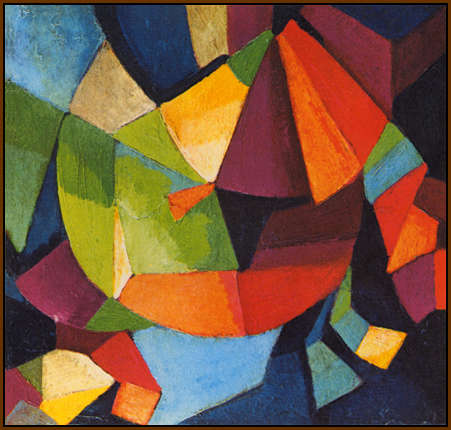

 Vase of Flowers-MacDonald-Wright
Vase of Flowers-MacDonald-Wright Portrait of Picasso
Portrait of Picasso
 Harlequin with Guitar
Harlequin with Guitar
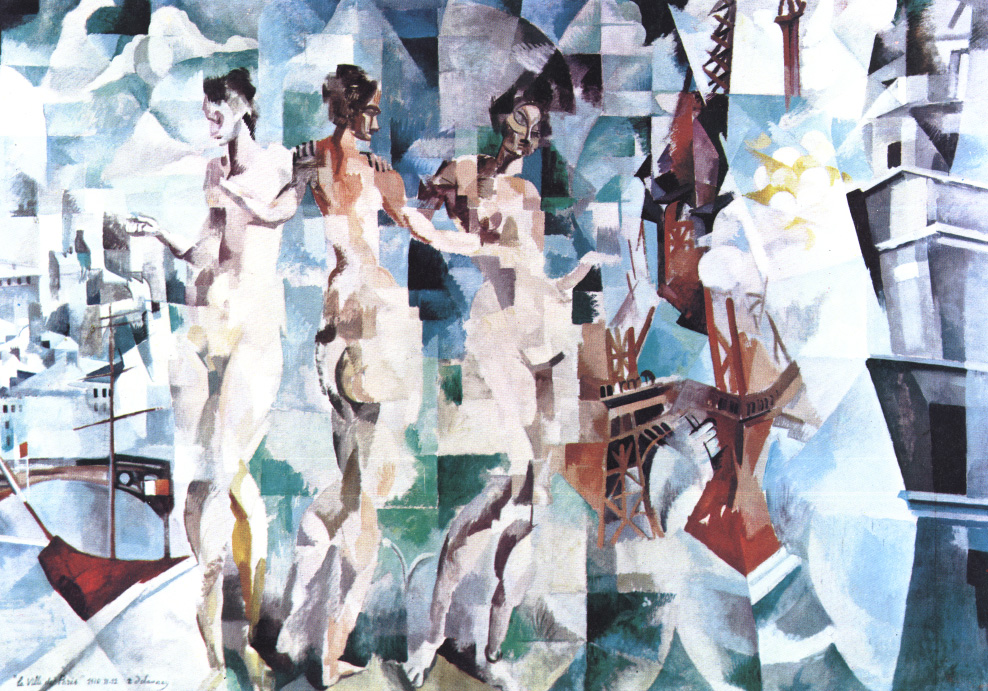
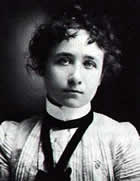 Because of the official art academies were being closed to women, she had to improve herself privately, first at the Ladies School of Art in Dusseldorf. After that she studied at Phalanx School which was founded by Wassily Kandinsky. They became lovers traveled and painted together for years but their relationship ended because of Kandinsky marrying another women.
Because of the official art academies were being closed to women, she had to improve herself privately, first at the Ladies School of Art in Dusseldorf. After that she studied at Phalanx School which was founded by Wassily Kandinsky. They became lovers traveled and painted together for years but their relationship ended because of Kandinsky marrying another women.

 The Blue Rider-1903-Wassily Kandinsky
The Blue Rider-1903-Wassily Kandinsky
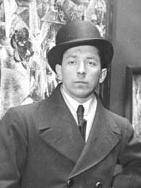
 Dynamism of a Soccer player
Dynamism of a Soccer player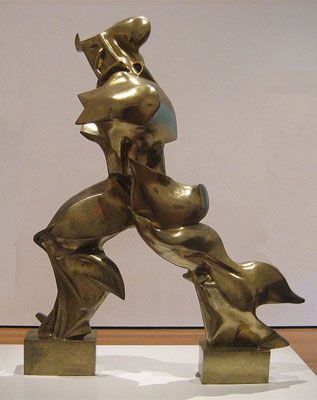
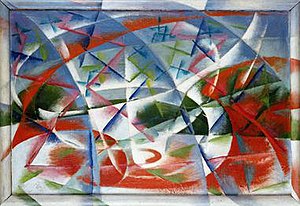 Giacomo Balla ,Abstract Speed + Sound
Giacomo Balla ,Abstract Speed + Sound Example of Futuristic architecture by Antonio Sant'Elia
Example of Futuristic architecture by Antonio Sant'Elia Natalia Goncharova
Natalia Goncharova
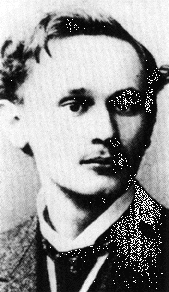
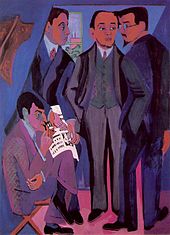


 Charing Cross Bridge
Charing Cross Bridge
 Self-portrait in studio-
Self-portrait in studio-

 Turkish Cafe
Turkish Cafe Turkish Jewel Trader
Turkish Jewel Trader View of an Alley
View of an Alley Lady in a Green Jacket- August Macke
Lady in a Green Jacket- August Macke On White- Wassily Kandinski
On White- Wassily Kandinski